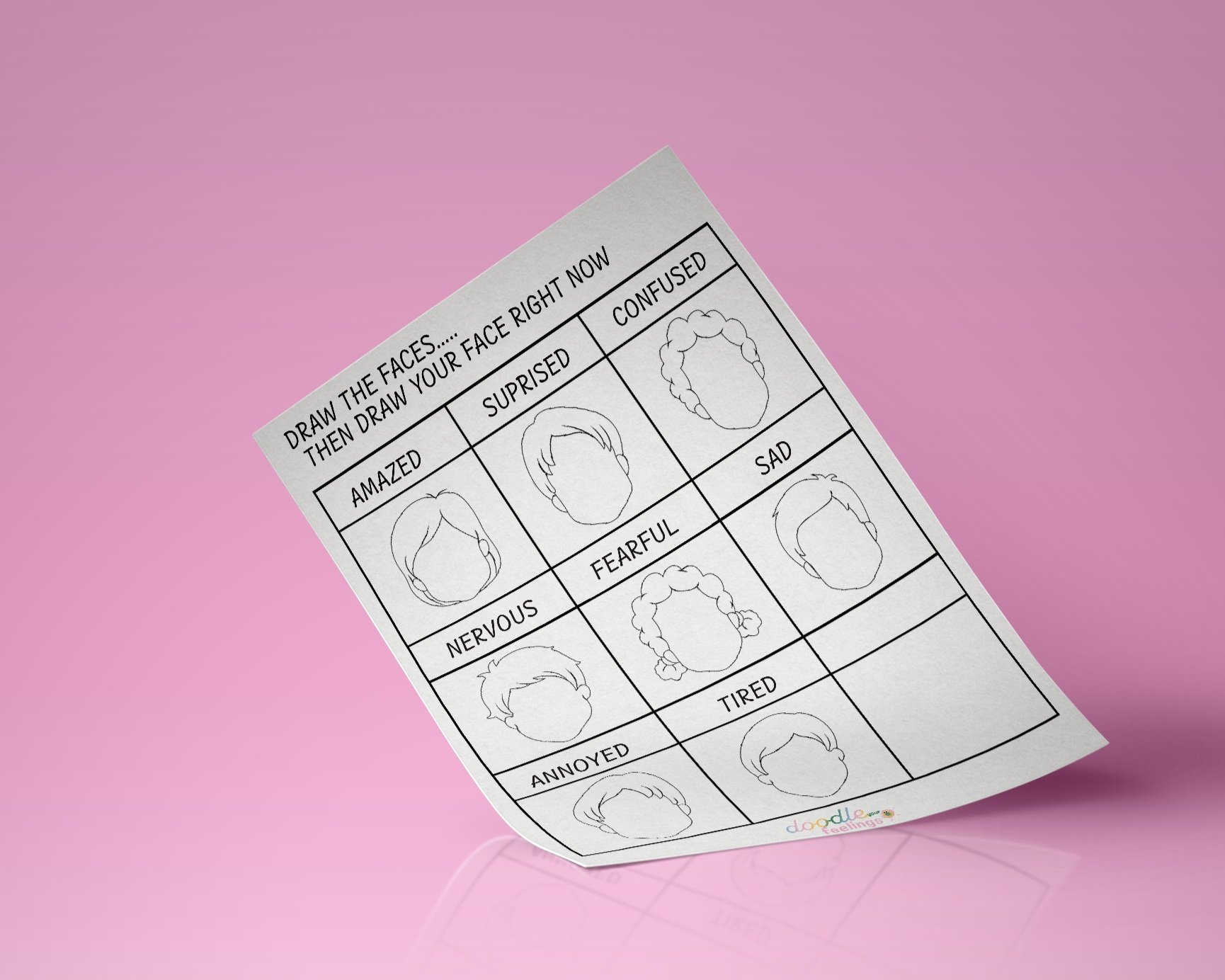Growing Artists (Ages 9-10)
Exploring emotions through storytelling and creative visuals.
Growing Artists
To help children explore emotions in a deeper way through storytelling, creativity, and self-expression. These activities encourage critical thinking about emotions and how they impact thoughts and actions.
-
Worksheet Resources: Parents
-
Worksheet Resources: Teachers
-
Worksheet Resources: Therapists
What Students Will Learn
-
Through drawing, comic-making, and colour-based activities, students will learn to channel their emotions into visual storytelling — turning complex feelings into characters, moods, and scenes they can understand and talk about.
-
Students begin to spot patterns in how they feel in certain situations. By exploring what makes them feel sad, excited, angry, or calm, they build emotional awareness and start making connections between thoughts, feelings, and behaviours.
-
By creating characters like emotion superheroes or journaling about feelings, students learn that emotions — even tough ones like anger or nervousness — can be powerful guides. They begin to see that being sensitive, caring, or even worried can make them great friends, problem-solvers, and creative thinkers.
WorkSheets FAQ
-
These worksheets are designed to support children in recognising, expressing, and managing their emotions. Each set is tailored by age group to ensure it’s developmentally appropriate, engaging, and effective in encouraging emotional growth and communication.
-
Emotional Literacy – Naming and identifying feelings
Self-Expression – Sharing thoughts and experiences through art and writing
Empathy & Perspective-Taking – Understanding others’ emotions
Coping & Problem-Solving – Building healthy strategies to handle challenges
Self-Reflection – Learning to pause, reflect, and grow
-
Parents & Carers – To connect with their children at home and spark meaningful conversations.
Teachers – As part of SEL (Social-Emotional Learning) activities or classroom discussions.
Therapists & Counsellors – In individual or group sessions to support emotional exploration.
Youth Workers & Support Staff – As tools to create safe spaces and encourage openness.
-
No! These activities are about feelings, not fine art. Children can express themselves using colors, scribbles, doodles, or even just choosing a face to circle. The goal is expression, not perfection.
-
Use one worksheet per week to allow for deeper discussion and reflection.
Pair the worksheets with conversation time — during dinner, circle time, or quiet moments.
Celebrate the effort, not the outcome — let children lead the way in how they engage.
Revisit old worksheets to track growth and spark new reflections.
-
Most worksheets are designed to be completed in 10–20 minutes, with optional extensions for creativity or deeper reflection. There's no pressure — they can be split into shorter sessions if needed.




